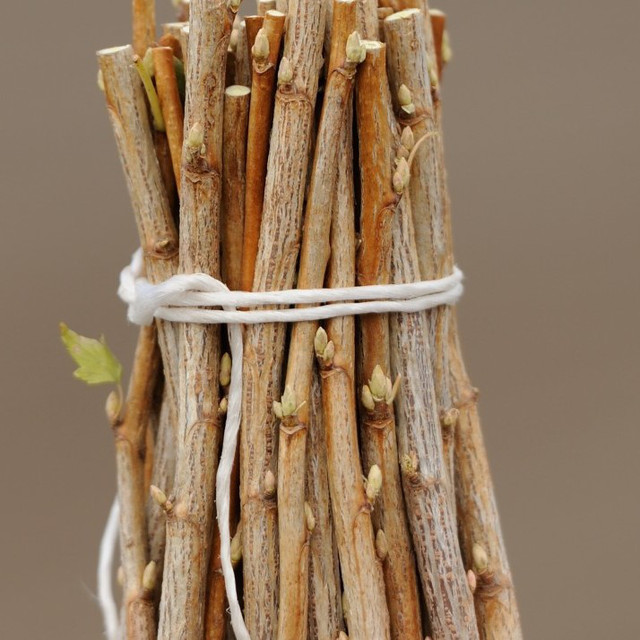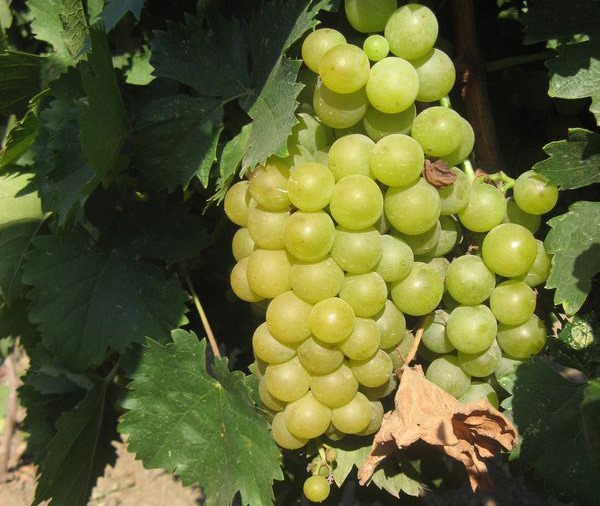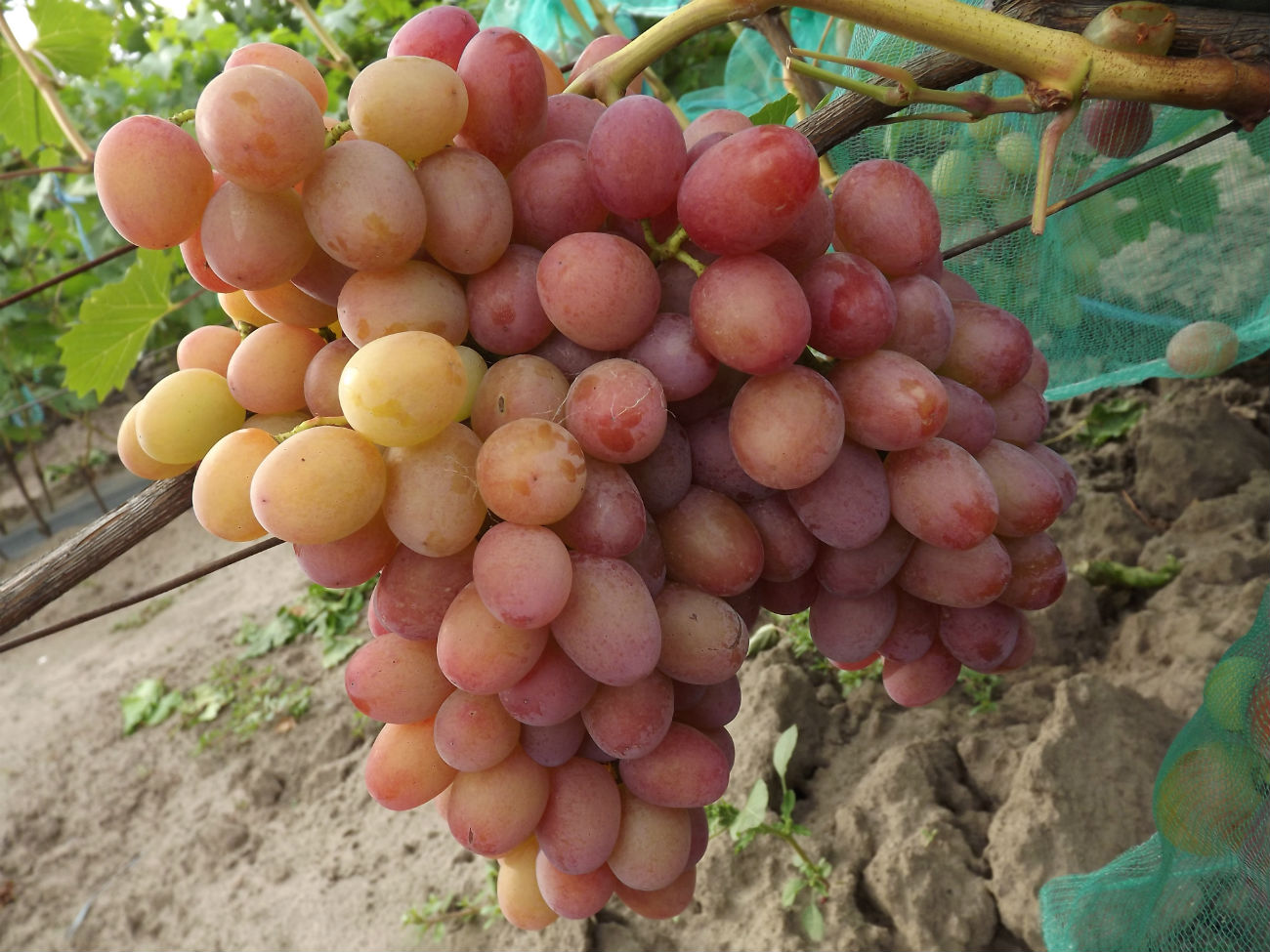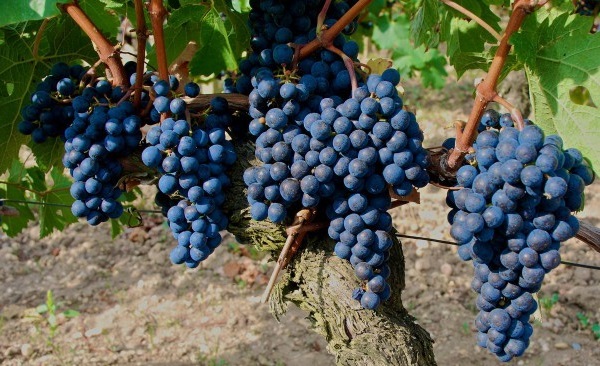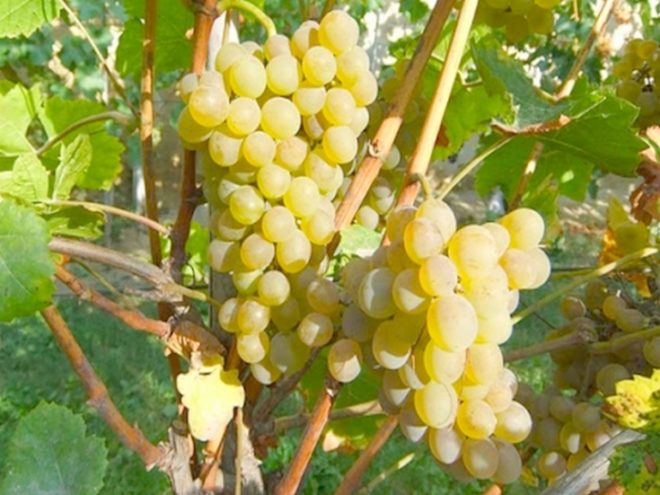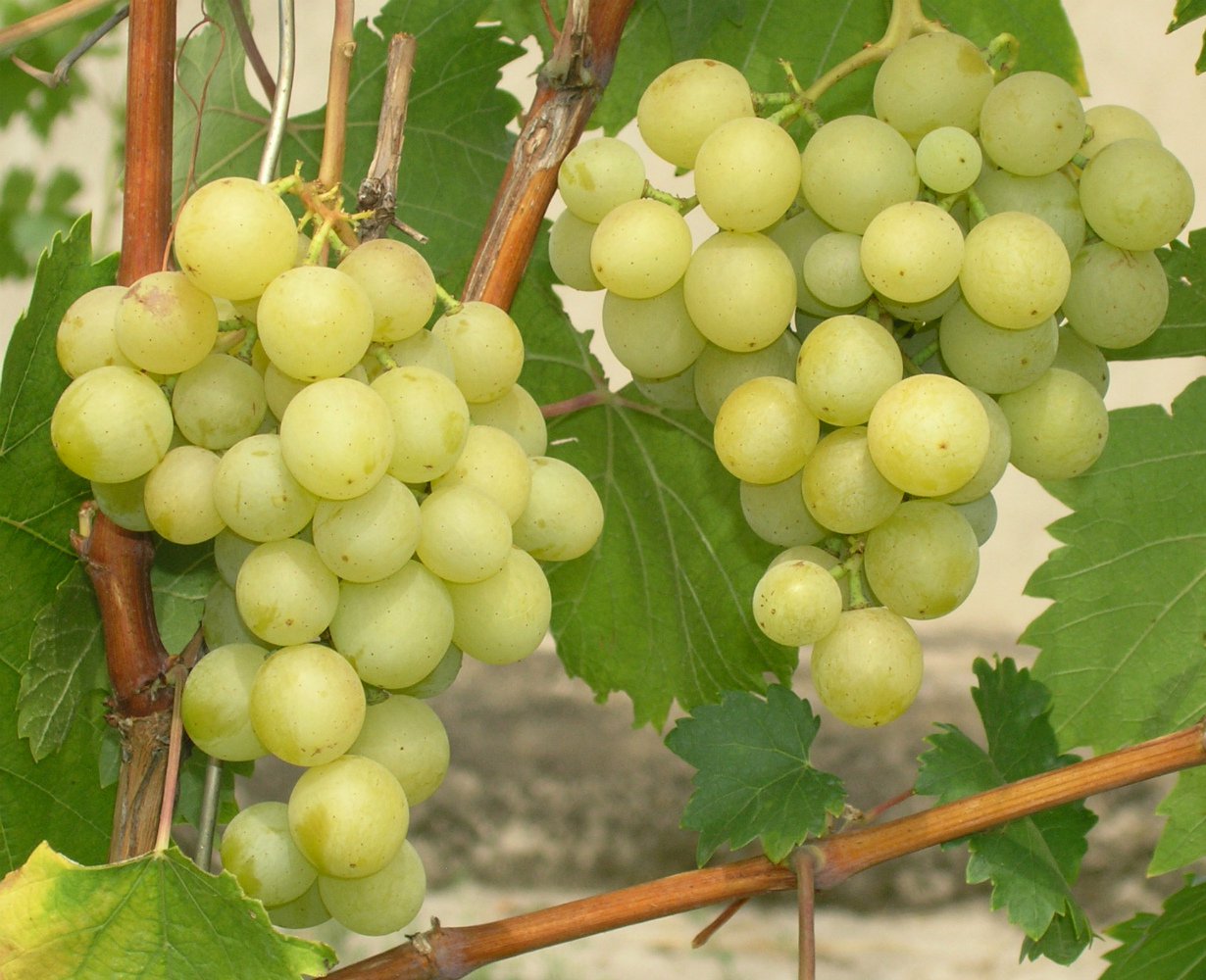Content:
Jupiter Kishmish grape is one of the modern varieties of seedless grapes, which is distinguished by its large berry size and excellent taste. This grape variety is one of the freshest. Bred at the end of the last century by breeders from the United States. For this reason, this variety is often called “raisins from the USA”. In a short time, this grape has won the hearts of many winegrowers in our country, but so far it is cultivated mainly in the southern regions.
What is the Jupiter grape variety, the main characteristics of the vine and berries, a description of the cultivation features is presented below.
Characteristics and description of the Jupiter grape
The main characteristic of this variety is the berries without seeds at all. This is one of the main advantages, as many growers refuse to grow varieties if they contain seeds. Another feature of this variety is the rather large size of the berries, which makes Jupiter different from ordinary small varieties of raisins. The grapes are collected in weighty, dense clusters. Due to the fact that this variety is unpretentious and easy to care for, it is recommended for cultivation in a private courtyard.
As for the gustatory and technical characteristics, here it is worth highlighting a few main points:
- Since this variety is a type of table grape, it has a pleasant, sweet and well-pronounced nutmeg flavor. The flavor of the nutmeg is mixed with the taste of Isabella, which is not surprising, because the Isabella variety was directly involved in the crossing process. The berries are juicy, crunchy, with dense pulp.
- The dense skin protects the grapes from wasps attacks, the berries retain their shape during transportation, and the dense skin does not crack on the vine.
- There are no seeds, although sometimes small soft rudimentary seeds can be found, which, however, do not impair the taste.
- The berries are oval, or egg-like in shape, with a slightly pointed tip. When technically ripe, the berry has a slight matte finish. In general, the color of the berries ranges from dark blue to lilac purple.
- The bunches can weigh up to half a kilogram, are attractive in appearance and can serve as a decorative function.
At the stage of ripening, the bunch really looks very attractive, since it combines different shades - from light pink to rich crimson and dark blue. A low and beautiful red-brown vine, hung with large light green leaves, adds decorative effect.
The grape bushes are mostly not too tall. Although there is evidence that proves that the variety is able to rise to significant heights. Jupiter's raisins are propagated by cuttings, because it has a good survival rate and rooting. After planting, the plant begins to bear fruit in the second or third year.
Among other characteristics, it is worth noting that this variety is quite early, it ripens within 120 days, and has a high yield. With industrial production, in terms of per hectare, it is capable of yielding up to a quarter of a ton per hectare. The harvest is stable every year.
Despite the fact that southerners mastered the cultivation of this variety earlier than others, Jupiter is quite suitable for cultivation in mid-latitudes.So, he takes root well in the Moscow region, and in general in the zone of risky agriculture.
Average frost resistance, but if you cover the vine for the winter (a light cover is enough), then the grapes can withstand low temperatures down to minus 29 degrees Celsius. Viticulture in more northern latitudes, where the temperature drops below this mark, is also possible, but the vineyard will have to be seriously insulated in winter. The peculiarity of the variety is that even with some freezing of the vine, it is restored. Therefore, a slightly frozen plant should not be uprooted.
Agricultural technology of cultivation
You can get grapes of this hybrid variety in three ways:
- rootstock grafting;
- rooted cuttings;
- layering from the bush.
The most successful planting is autumn. But you should not hold out until the onset of cold weather and frost, so that the root system has time to adapt and gain a foothold. It is better to plan planting in a trench, but planting single bushes in a separate hole is permissible. At the bottom, drainage is mandatory. The soil is chosen fertile. It is recommended to soak the seedling in water before planting.
Caring for this variety does not differ from traditional rules. So, you need to water Jupiter abundantly, especially during periods when there is no rain. On one bush, you need to pour about 15 liters of water and repeat watering every three days. Watering stops about two weeks before harvest begins. It is useful to mulch the soil under the vineyard in order to prevent weeds from growing and to avoid rapid evaporation of moisture.
Grapes respond well to feeding and fertilization. So, in spring, you need to remember to apply fertilizers containing nitrogen - they will help the green mass to form. Then it’s a good idea to give a complex fertilizer with magnesium sulfate, phosphate fertilizer and sulfate.
Treatment from pests and diseases is necessary. It is carried out twice before flowering and again after. Traditional fungicides are used, among which gardeners most often choose the classic Bordeaux liquid. For the winter, when laying the vine under cover, it is advised to process it with iron vitriol.
If "powdery mildew" appears on the grapes, then the entire harvest may die, since the fungus affects both greens and clusters. It is easy to see it - all surfaces of the plant, including shoots, become covered with a white bloom. Weeds can become a breeding ground for the disease, so they must be regularly dealt with by removing weeds from the bushes. Also drugs "Topaz" and "Thanos" help.
Large and yellowish brown spots indicate that the grapes suffer from another common disease - mildew. The fungicide will help fight this infection. The affected branches are cut and burned.
Positive and negative characteristics
The Jupiter grape has many advantages, including taste, ease of care and easy survival. Let's add here also good keeping quality and transportability of grapes. Even if the transportation is carried out over long distances, the bunches retain their attractive presentation. You can store grapes of this variety for up to several months.
However, the variety is not without its drawbacks. So, according to winegrowers, you need to carefully monitor the ripening of the berries and collect them in a timely manner. Otherwise, they will crumble and lose their attractiveness. Jupiter has no other obvious flaws. Overall, this is a fairly good proven strain and is quite suitable for aspiring growers.

